Why a Clogged Kitchen Sink is Every Homeowner's Nightmare
A clogged kitchen sink is a frustrating problem. Standing water, slow drainage, or gurgling sounds can bring your kitchen activities to a complete halt.
Quick Solutions for a Clogged Kitchen Sink:
- Boiling water flush - Pour slowly down the drain to dissolve grease
- Baking soda and vinegar - Natural cleaning reaction breaks down debris
- Plunger method - Use a flat-cup sink plunger for pressure
- P-trap cleaning - Remove and clear the curved pipe under your sink
- Drain snake - Break up stubborn clogs deep in the pipe
Since you use your sink daily for cooking and cleaning, a clog turns simple tasks into major headaches. The good news is that most kitchen sink clogs can be fixed with common household items and a little know-how.
The three main culprits behind most clogs are grease buildup, food scraps, and soap scum. Grease solidifies as it cools in your pipes, creating sticky blockages that trap other debris like coffee grounds and food particles.
In this guide, we'll walk you through proven DIY methods to clear your drain, show you how to prevent future clogs, and help you recognize when it's time to call in the professionals.
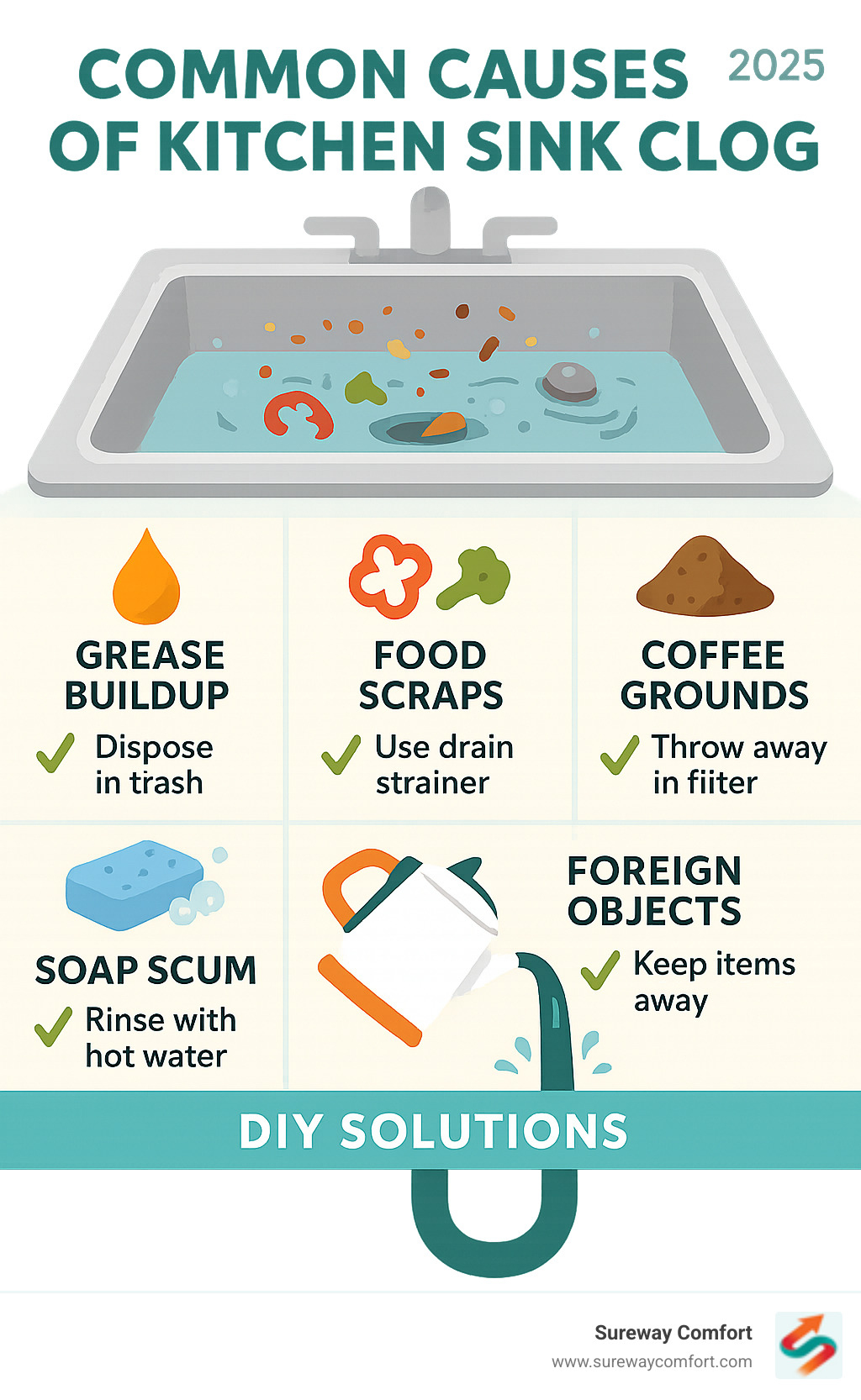
Identifying the Problem: Signs and Causes of a Blockage
Before tackling a clogged kitchen sink, it's important to identify the signs of a blockage and understand its likely cause. This will help you choose the most effective solution.
Telltale Signs of a Clog
Your sink will usually give you warning signs before it blocks completely. Recognizing these signals can help you avoid a bigger problem.
- Slow draining water: Water takes longer than usual to disappear down the drain.
- Standing water in the sink: The water doesn't drain at all, making the sink unusable.
- Gurgling sounds from the drain: Air bubbles are struggling to escape past the blockage.
- Foul odors from the sink: Trapped food particles and grease begin to decompose, creating unpleasant smells.
- Water backing up: In a double sink, water comes up one drain when the other is used, indicating a clog in the shared drain line.
The Usual Suspects: What Causes a Clogged Kitchen Sink?
Understanding the common culprits will help you fix current problems and prevent future ones.
- Grease, fats, and oils: These are the biggest cause of clogs. They go down the drain as hot liquids but solidify in the pipes, creating a sticky coating that traps other debris.
- Food scraps: Even small particles add up. Coffee grounds clump together, eggshells get caught in grease, and starchy foods like pasta and rice expand with water, worsening blockages.
- Soap scum buildup: Soap can combine with hard water minerals and grease to contribute to clogs.
Dealing with a clogged kitchen sink is a common issue for homeowners. In fact, the US Environment Protection Agency reports almost one trillion gallons of water is wasted every single year due to leaks in the home. While this covers all plumbing issues, persistent clogs can signal bigger problems in your system. Once you know what's causing your clog, you're halfway to solving it.
Your DIY Toolkit: Step-by-Step Fixes for a Clogged Kitchen Sink
Let's fix that clogged kitchen sink. Here are five proven methods, from simplest to most involved. Before starting any method, remove standing water from the sink with a cup.
Method 1: The Boiling Water Flush
This simple method is a great starting point, especially for grease clogs. The hot water melts and dissolves grease and soap scum, allowing it to be flushed down the drain.

How to do it: Boil a large pot of water. Carefully pour it directly into the drain in a slow, steady stream. Let it sit for a few minutes. You can repeat this process a couple of times if the drain is still slow.
Caution: If you have PVC (plastic) pipes, use very hot tap water instead of boiling water to avoid potential damage from repeated exposure to extreme heat.
Method 2: The Natural Volcano - Baking Soda & Vinegar
This eco-friendly method is effective for minor clogs and helps eliminate odors.
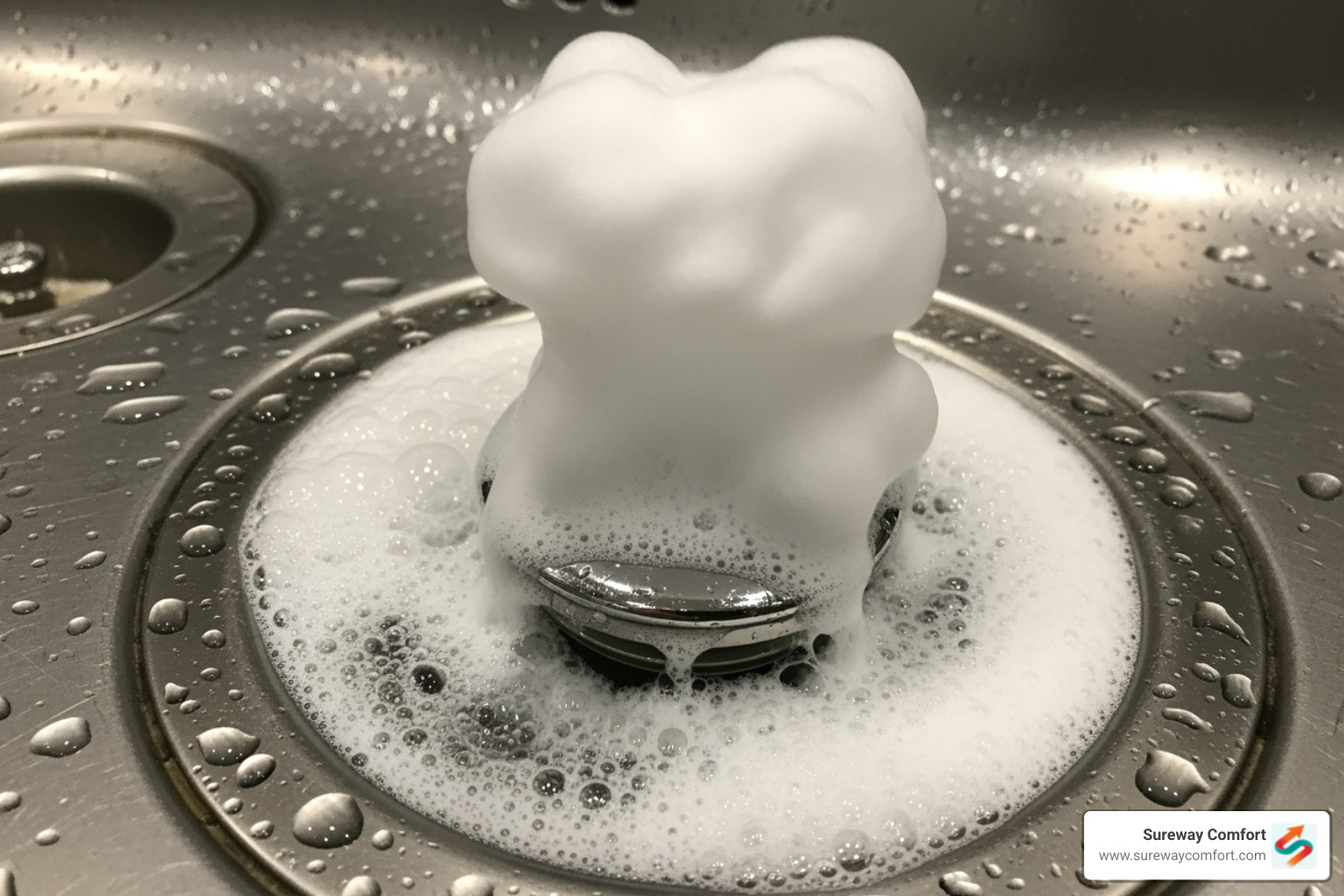
The fizzing chemical reaction between baking soda (a base) and white vinegar (an acid) helps break down organic materials like grease and food particles.
How to do it: Pour one cup of baking soda down the drain, followed by one cup of white vinegar. Cover the drain with a stopper to trap the fizzing action in the pipes. Let it work for 15-30 minutes, then flush with hot tap water. This method is gentler than chemical cleaners but may be less effective on heavy grease clogs.
Method 3: Applying Pressure with a Plunger
A plunger uses hydraulic pressure to dislodge blockages. It's crucial to use the right type: a sink plunger with a flat-bottomed rubber cup, not a toilet plunger with a flanged cup.
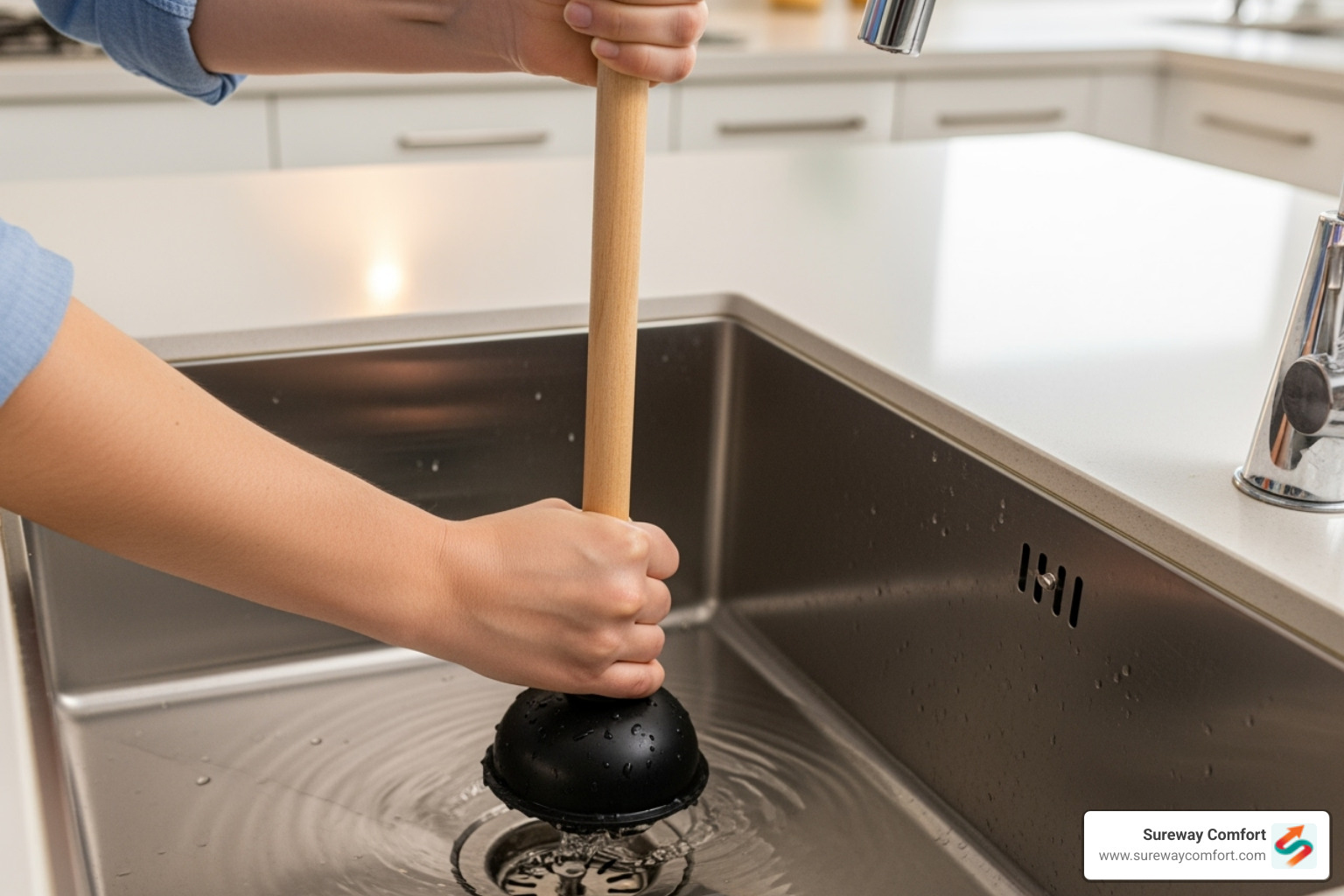
How to plunge properly: Leave 1-2 inches of water in the sink to create a seal. For a double sink, seal the other drain with a stopper or wet cloth. If you have a garbage disposal, clamp off the dishwasher hose to prevent water backup.
Place the plunger cup firmly over the drain and pump vigorously up and down for 15-20 seconds. Remove the plunger to see if the water drains.
Method 4: Clearing the P-Trap
If other methods fail, the clog may be in the P-trap—the U-shaped pipe under your sink. This pipe is designed to catch debris and block sewer gases.
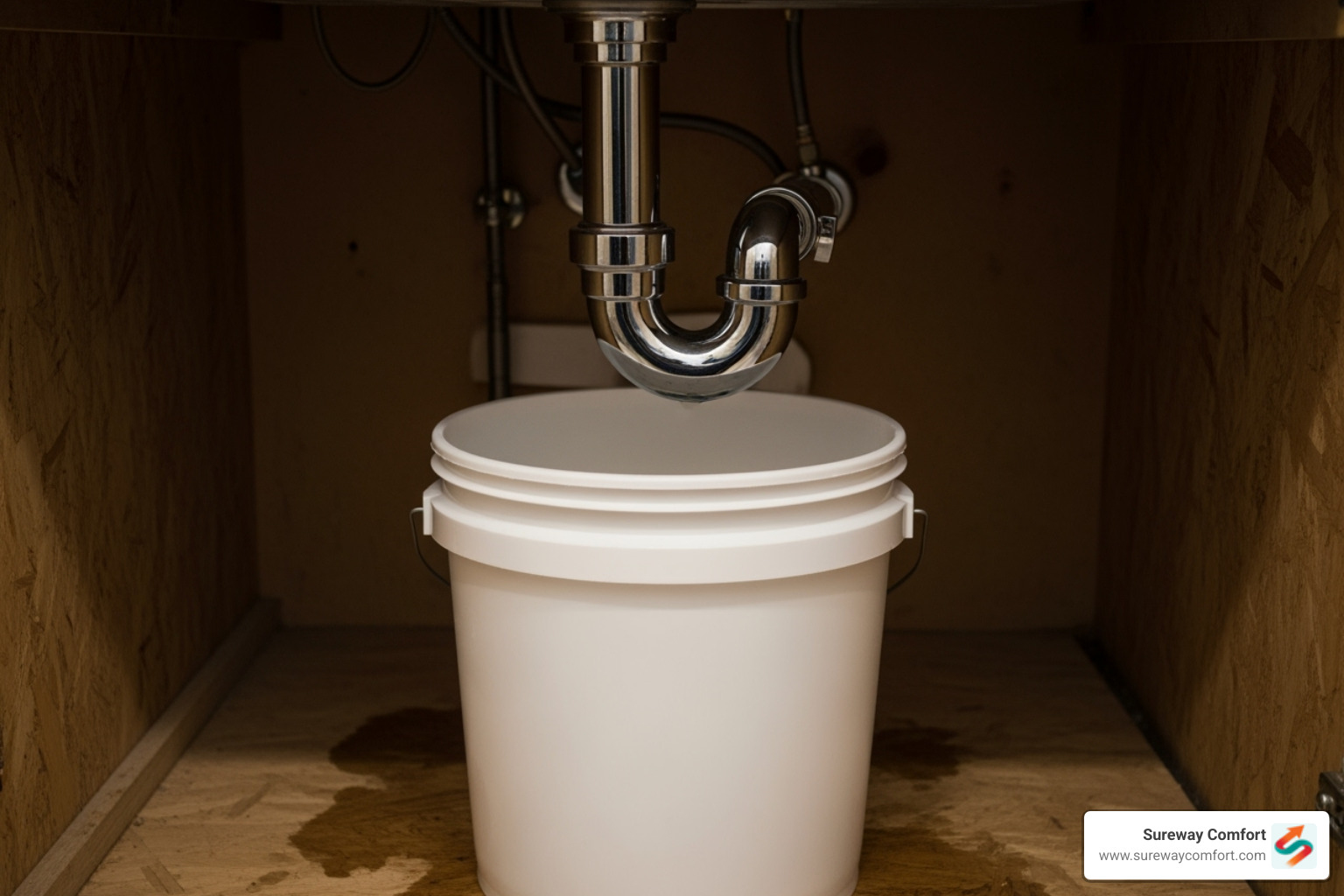
You'll need: a bucket, towels, channel lock pliers, and gloves.
How to do it: Place the bucket under the P-trap. Use pliers to loosen the slip nuts on both ends of the curved pipe. Unscrew them by hand and remove the trap. Empty the water and debris into the bucket. Clean the trap with a bottle brush or gloved fingers.
Reassembly: Hand-tighten the slip nuts, then give them a final quarter-turn with pliers. Don't over-tighten. Run water and check for leaks.
Method 5: Using a Drain Snake for Stubborn Clogs
A drain snake (or plumbing auger) can reach clogs deep in the drain line. It's a long, flexible metal cable with a corkscrew tip.

How to use it: With the P-trap removed for better access, feed the snake into the pipe leading into the wall until you feel resistance. Tighten the thumbscrew and crank the handle clockwise to break up the clog or hook it for retrieval. Retract the snake and flush the drain with hot water.
What About the Garbage Disposal?
A jammed garbage disposal can cause water to back up, mimicking a clog. Disposals can jam if overloaded or fed the wrong foods.
Safety First: Always turn off power to the disposal at the switch or circuit breaker before inspecting it. Never put your hand down the disposal.
Use pliers or tongs to remove visible obstructions. Most disposals have a hexagonal hole on the bottom; insert an Allen wrench and twist it back and forth to free the grinding plates. Press the red reset button, then test with cold water running.
Foods to never put in a garbage disposal:
- Grease, fats, and oils
- Coffee grounds
- Eggshells
- Pasta and rice
- Bones and fruit pits
- Fibrous vegetables (celery, corn husks)
- Potato peels
Prevention is Key: How to Keep Your Drains Flowing Freely
Preventing a clogged kitchen sink is much easier than fixing one. A few simple habits can keep your drains flowing freely and save you from future headaches.
Daily Habits for a Clog-Free Kitchen
These small changes in your daily routine can make a huge difference in preventing clogs.
- Scrape plates into the trash: Always scrape all food scraps into the trash or compost bin before rinsing plates in the sink. Even small particles contribute to clogs.
- Use a drain strainer: This simple mesh cup sits in your drain to catch food particles. Clean it out after each use.
- Run hot water after each use: Let hot water run for 10-15 seconds after you finish washing dishes to flush away lingering grease and debris.
- Proper grease disposal: Never pour grease, fats, or oils down the drain. Pour them into a disposable container like an old can, let it solidify, and throw it in the trash.
For ongoing maintenance, consider a weekly hot water flush and a monthly treatment with an enzyme-based drain cleaner. These use beneficial bacteria to break down organic buildup without the harsh chemicals that can damage pipes. Sewer gases can be dangerous to your health, making prevention crucial, so keeping drains clear is important for a healthy home.
Smart Garbage Disposal Use
Use your garbage disposal correctly to keep it from causing clogs.
- Run cold water: Always run cold water before, during, and for 15-30 seconds after using the disposal. Cold water helps solidify grease so it can be chopped up and flushed away.
- Grind small amounts at a time: Feed food scraps into the disposal gradually instead of all at once.
- Avoid fibrous and starchy foods: Do not put celery, corn husks, potato peels, pasta, or rice down the disposal, as they can wrap around the blades or expand and cause blockages.
- Periodic cleaning: Grind ice cubes to sharpen the blades and scrape away buildup. For a fresh scent, grind a few citrus peels (lemon or orange).
When to Throw in the Towel: Calling a Professional Plumber
While many clogs can be fixed with DIY methods, some problems require a professional. Knowing when to call for help is key to protecting your home's plumbing and your sanity.
Signs Your Clogged Kitchen Sink Needs an Expert
It's time to let the pros take over when you see these signs:
- Multiple DIY attempts have failed: If you've tried several methods without success, the clog is likely too deep or severe for household tools.
- Recurring clogs: If your sink clogs repeatedly shortly after you've cleared it, there's likely a larger buildup that needs professional removal.
- Multiple drains are clogged: If your kitchen sink, toilet, and shower are all backing up, you probably have a main sewer line issue that requires immediate attention.
- Foul sewer gas smell persists: A persistent sewer gas odor could indicate a serious problem with your drain or vent system.
- You're not comfortable with advanced DIY methods: If you're unsure about removing pipes or using a drain snake, it's always safer to call a professional.
The Benefits of a Professional Service
Calling a professional plumber provides expertise, specialized equipment, and peace of mind.
- Advanced Tools: Professionals use powerful tools like motor-driven augers and hydro-jetting equipment that can clear the toughest clogs and thoroughly clean your pipes.
- Accurate Diagnosis: An experienced technician can identify the root cause of the problem, whether it's a simple clog, a main line blockage, or a damaged pipe.
- Saves Time and Frustration: A professional can resolve the issue quickly and efficiently, saving you from a frustrating weekend spent battling your plumbing.
- Prevents Further Damage: Using the wrong tools or techniques can damage your pipes. A professional knows how to clear clogs safely without causing more harm.
At Sureway Comfort, we understand that plumbing problems are stressful. Our experienced technicians are equipped to handle everything from simple drain clogs to complex sewer line issues. Contact us for expert plumbing help when your clogged kitchen sink needs professional attention.
Frequently Asked Questions About Kitchen Sink Clogs
Here are answers to some of the most common questions we receive about clogged kitchen sinks.
Why are both sides of my double kitchen sink clogged?
Both sides of a double sink merge into a single drain pipe. When a clog forms in this shared pipe, it prevents water from either basin from draining, causing both sides to back up. Clearing this single, deeper blockage will usually fix the problem for both sinks.
How often should I clean my kitchen drain to prevent clogs?
Regular maintenance is key to prevention. We recommend a layered approach:
- Weekly: Flush the drain with hot water for 15-20 seconds after doing dishes to wash away fresh debris.
- Every few weeks: Do a more thorough flush with a pot of boiling water (or very hot tap water for PVC pipes).
- Monthly: Use an enzyme-based drain cleaner. These products use bacteria to safely break down organic buildup like grease and food particles before they can form a major clog.
Can I use a toilet plunger on my kitchen sink?
It's not recommended. A toilet plunger has a flange designed to seal the curved opening of a toilet bowl. For a clogged kitchen sink, you need a sink plunger (or cup plunger). Its flat, wide cup is designed to create a tight seal on the flat surface of a sink drain, which makes it much more effective at generating the pressure needed to dislodge a clog.
If you're dealing with a persistent clogged kitchen sink that doesn't respond to these methods, don't hesitate to contact us for expert plumbing help.
A Clear Sink and Peace of Mind
You now have a complete guide to conquering that clogged kitchen sink, from simple flushes to clearing the P-trap and using a drain snake. The real victory is empowering yourself with the knowledge to handle this common household problem.
You understand the causes of clogs, how to use the right tools, and the importance of your garbage disposal's role. Most importantly, you've learned that prevention is your best friend. Simple habits like scraping plates, using a drain strainer, and properly disposing of grease can save you significant frustration.
It's also crucial to recognize when it's time to call in the professionals. There's no shame in reaching out for help when DIY attempts fail or the problem seems too big to handle. Sometimes, a deeper issue requires an expert.
At Sureway Comfort, we're proud to serve homeowners throughout Bridgeville, PA, and surrounding communities like South Fayette, Upper St. Clair, Mt. Lebanon, and Bethel Park. Our experienced technicians use professional-grade tools like hydro-jetting equipment to diagnose and fix the root cause of your plumbing issues, giving you lasting peace of mind.
Our streamlined process, maintenance plans, and flexible financing options ensure you get the reliable plumbing solutions you need without the hassle.
Don't let a clogged kitchen sink disrupt your life. Whether you tackle it yourself or leave it to the experts, you have the knowledge to make the right choice.
Contact us for expert plumbing help – we're here to get your kitchen running smoothly again!



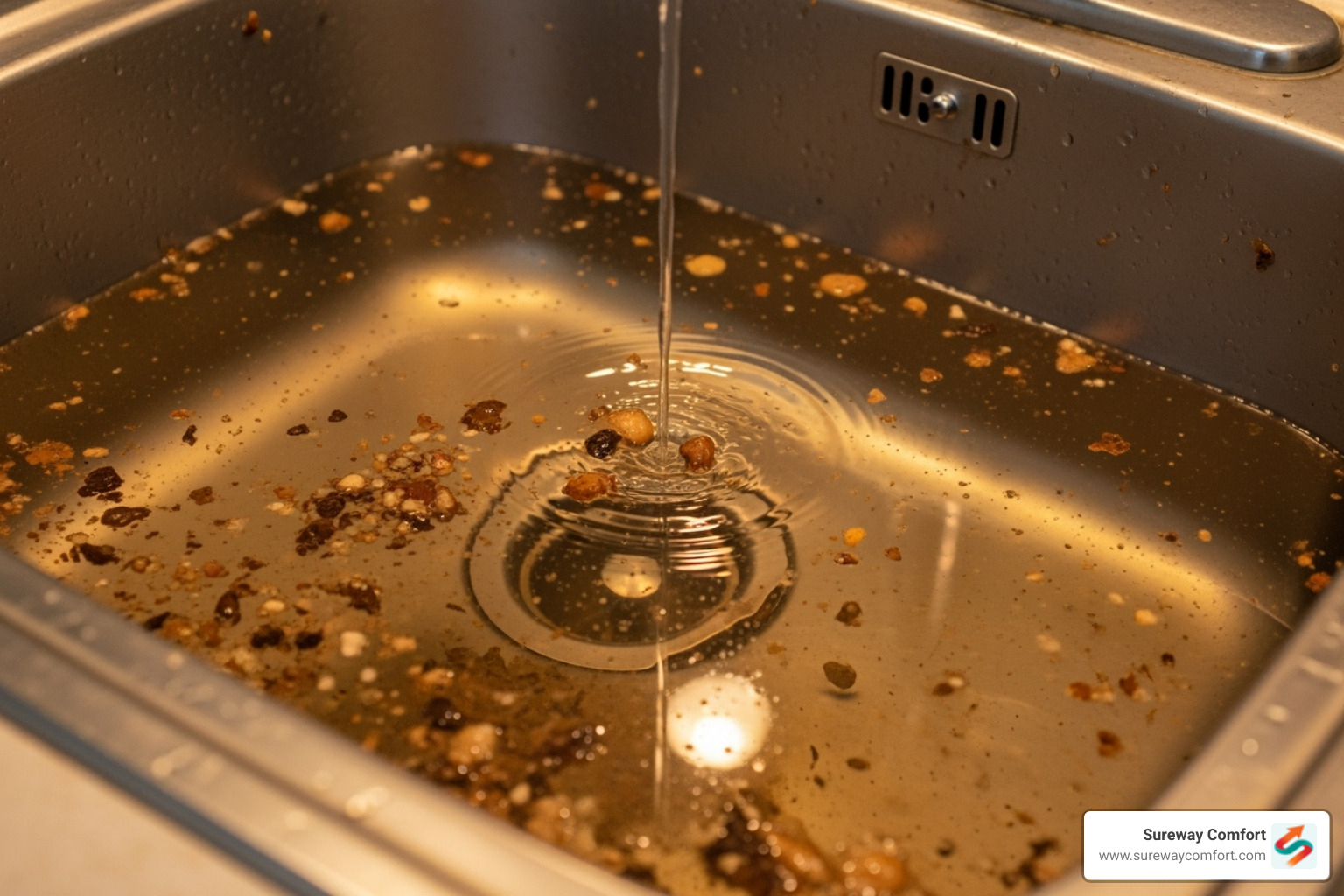



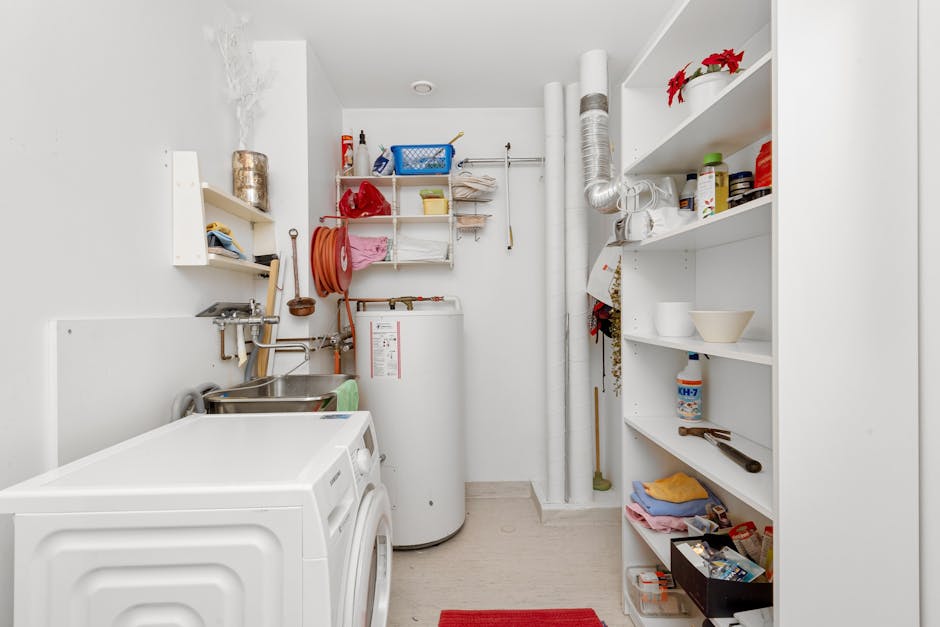




















.avif)



